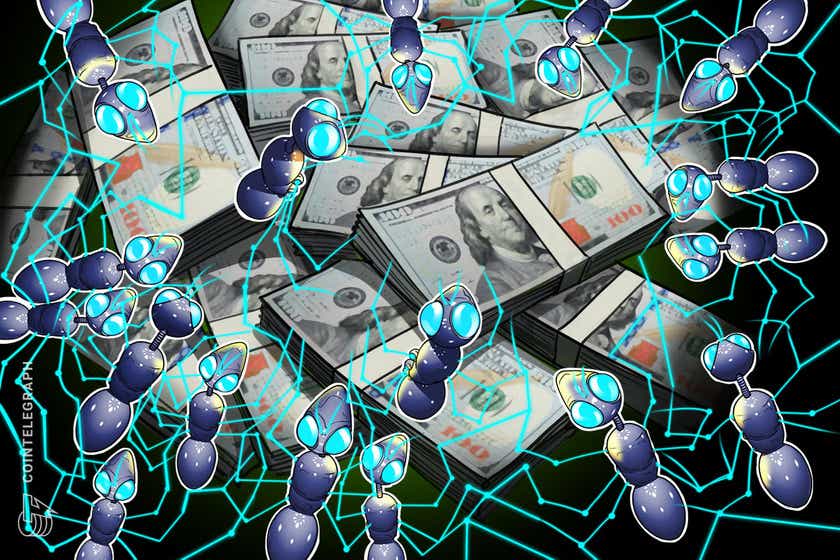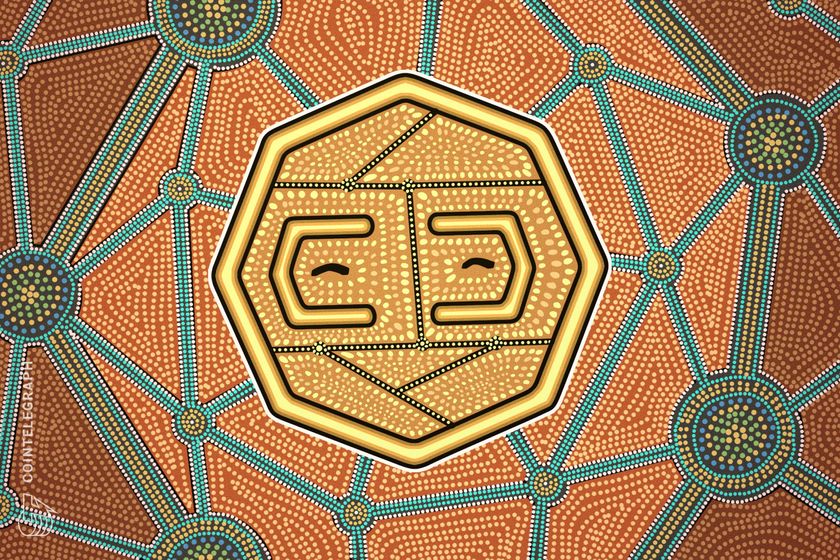Polkadot envisions Web3 disruption with multiple parachain launches
The Polkadot team invested five years into the development of the parachains, which were allocated to teams via auctions.
799 Total views
34 Total shares

Open-source blockchain platform Polkadot announced the launch of its first parachains (or parallelized chain) aimed at improving the interoperability between multiple blockchains.
According to the announcement, the Polkadot team invested five years into the development of the parachains, which were allocated to teams via auctions, namely, Acala, Moonbeam, Parallel Finance, Astar, and Clover.
With individual blockchains running in parallel within the Polkadot ecosystem, the auction winners will be able to lease slots on Polkadot’s Relay Chain for up to 96 weeks at a time. Developed by Polkadot Founder and Ethereum co-founder Gavin Wood, the Relay Chain helps in coordinating the consensus and communication between parachains:
“And as the ecosystem grows, especially with nascent emergence of metaverses, dozens of protocols will become increasingly visible. In that scenario, there will not be a single blockchain, but we will have several interconnected chains.”
— Polkadot (@Polkadot) December 18, 2021
With just over 5 years in existence, Polkadot (DOT) stands among the top 10 cryptocurrencies in terms of market capitalization. The ecosystem intends to grow its current slot allocation of five to 100 parachain slots, the maximum capacity for Relay Chain.
However, “not all of these slots will be allocated via parachain slot auctions, as some will be used for governance-enabled common-good parachains and parathreads,” reads the announcement. According to Wood:
“The parachain model was created with the belief that the future of Web3 will involve many different types of blockchains working together. Just as the current version of the internet caters to different needs, blockchains need to be able to provide a variety of services. Parachains solve this”
Related: Iota set to launch decentralized smart contract platform to expand Web3 ecosystem
In an attempt to accelerate smart contracts initiatives across decentralized finance (DeFi) and nonfungible tokens (NFTs), Iota recently announced the release of decentralized layer-one smart contract network called Assembly.
As Cointelegraph reported, Assembly uses Iota’s existing architecture to parallelly operate as a symbiotic, self-sovereign bridge. Explaining the details, Dominik Schiener, co-founder and chairman of the Iota Foundation said:
“Assembly is fully configurable and can bridge across any smart contract chain running whatever type and flavor its builder desires. Every network built using the protocol will benefit from the shared security, interoperability and token infrastructure provided by the Assembly network.”









